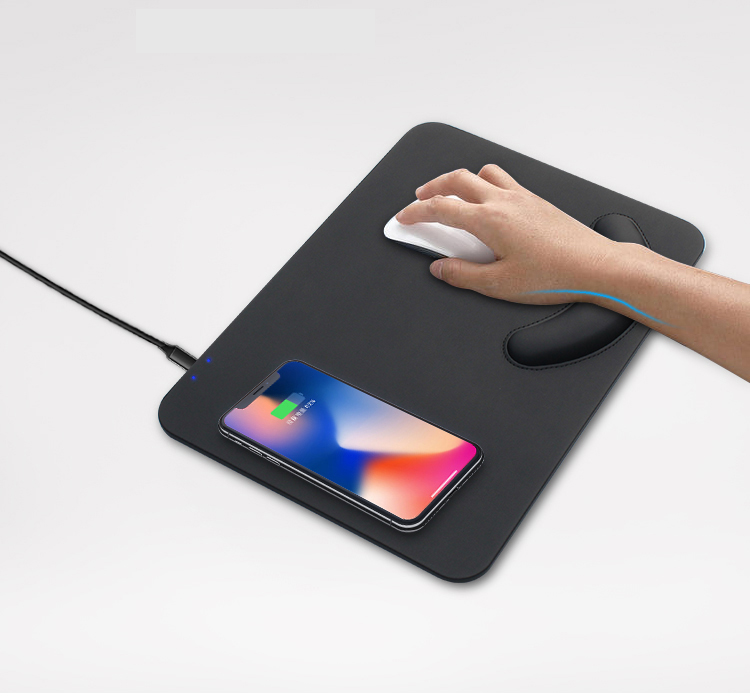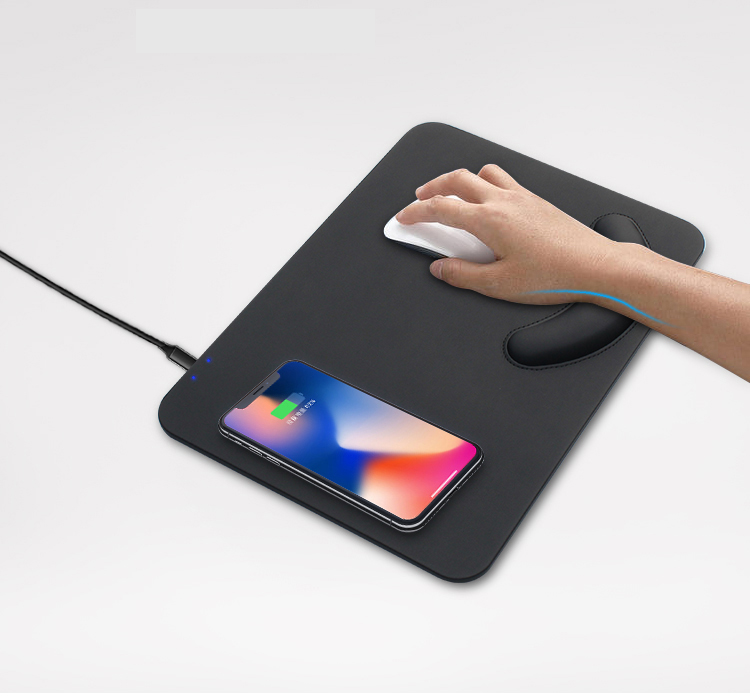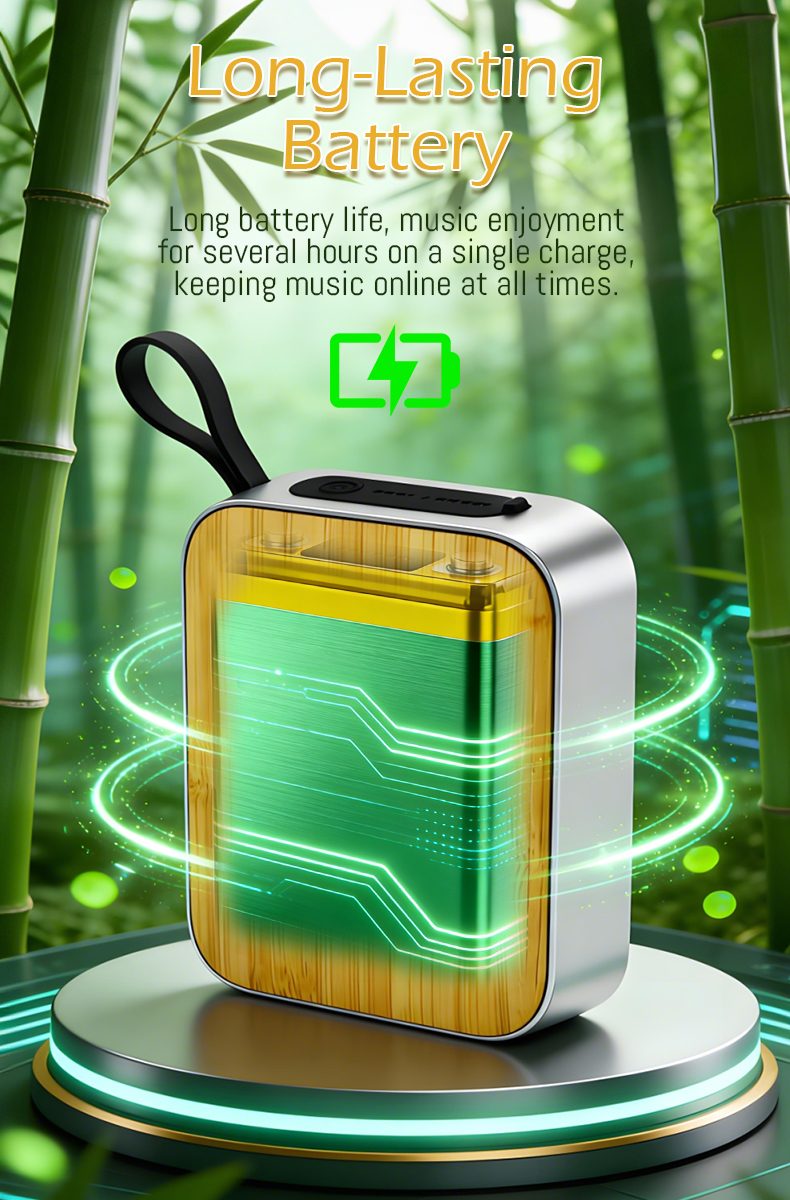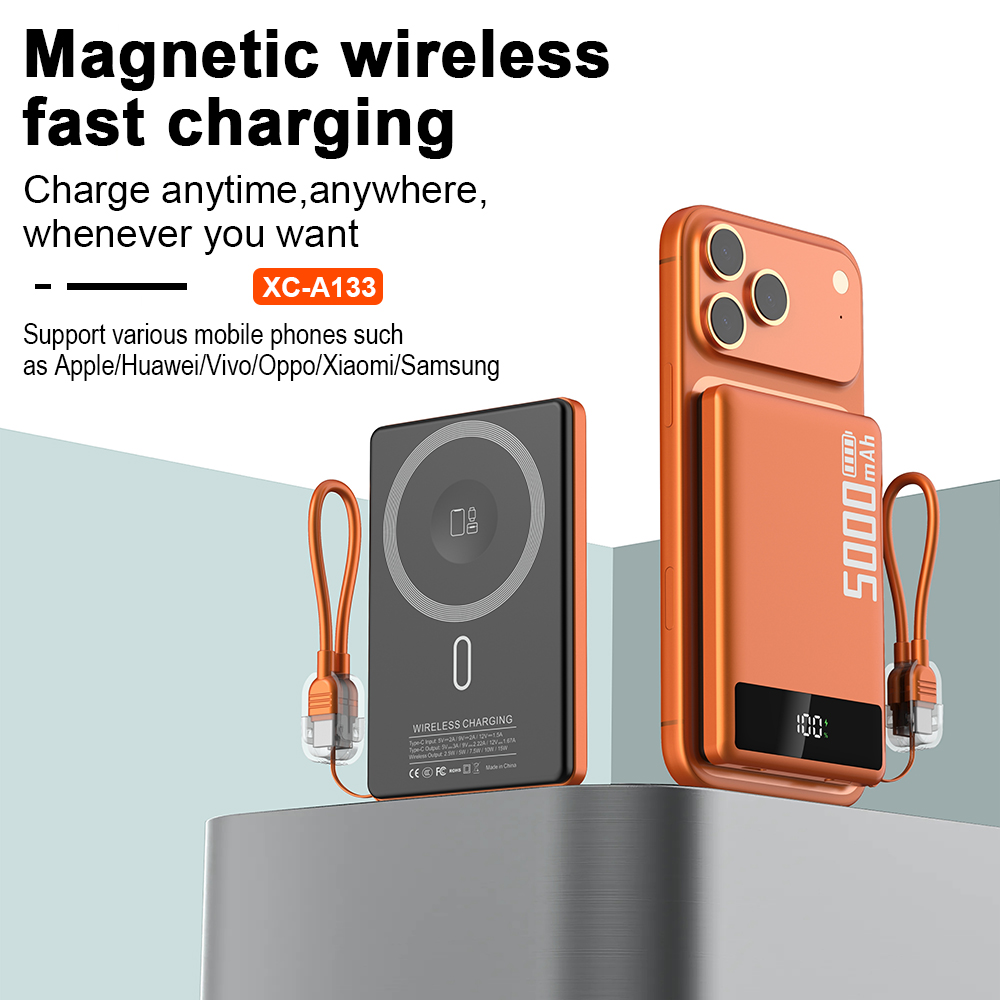Principle of wireless charging

Introduction

The advent of wireless charging technology has transformed the way we perceive and use electrical power. With this innovative approach, it is now possible to charge electronic devices without the need for traditional cables and connectors. In this article, we will delve into the principle of wireless charging, exploring its functionality, benefits, and applications.
How Does Wireless Charging Work?
Wireless charging, also known as inductive charging, operates on the principle of electromagnetic fields. It involves the transfer of energy between two coils – a transmitter (charging pad or station) and a receiver (embedded or attachment on the device).
1. Inductive Coupling: When an electric current flows through the transmitter coil, it creates an electromagnetic field. This field induces a similar electromagnetic field in the receiver coil, which in turn converts it back into an electric current to charge the device.
2. Magnetic Resonance Coupling: This technique utilizes resonant inductive coupling, enabling greater transfer distances and misalignment tolerance. The transmitter and receiver coils are designed to vibrate or resonate at the same frequency, enhancing energy transfer efficiency.
Advantages and Applications of Wireless Charging
Wireless charging offers numerous advantages over traditional wired charging methods:
1. Convenience: With wireless charging, there is no need to plug and unplug cables, simplifying the charging process and eliminating the hassle of tangled cords.
2. Durability: The absence of physical connectors reduces wear and tear on both the charging device and the electronic device being charged.
3. Versatility: Wireless charging is compatible with a wide range of electronic devices, including smartphones, tablets, smartwatches, and even electric vehicles.
4. Safety: Wireless charging eliminates the risk of electric shocks due to exposed connectors or frayed cables.
5. Efficiency: With advancements in technology, wireless charging systems have become more efficient, minimizing energy loss during the charging process.
Wireless charging has found applications in various sectors:
1. Consumer Electronics: Smartphones, wireless earbuds, and wearables now come equipped with wireless charging capabilities, offering a seamless user experience.
2. Automotive Industry: Electric vehicle manufacturers are integrating wireless charging pads into their vehicles, providing easy and convenient charging options for users.
3. Healthcare: Wireless charging pads are used in medical devices, helping to improve hygiene and reduce infection risks.
4. Hospitality Industry: Hotels and restaurants are introducing wireless charging stations, allowing guests to charge their devices without the need for adapters or cables.
Conclusion
The principle of wireless charging has revolutionized the way we power our devices, enhancing convenience, versatility, and safety. As technology advances, we can expect wireless charging to become even more widespread, ultimately replacing traditional wired charging methods. With its ability to fuel a wide range of electronic devices, wireless charging is destined to transform the power industry as a whole.




